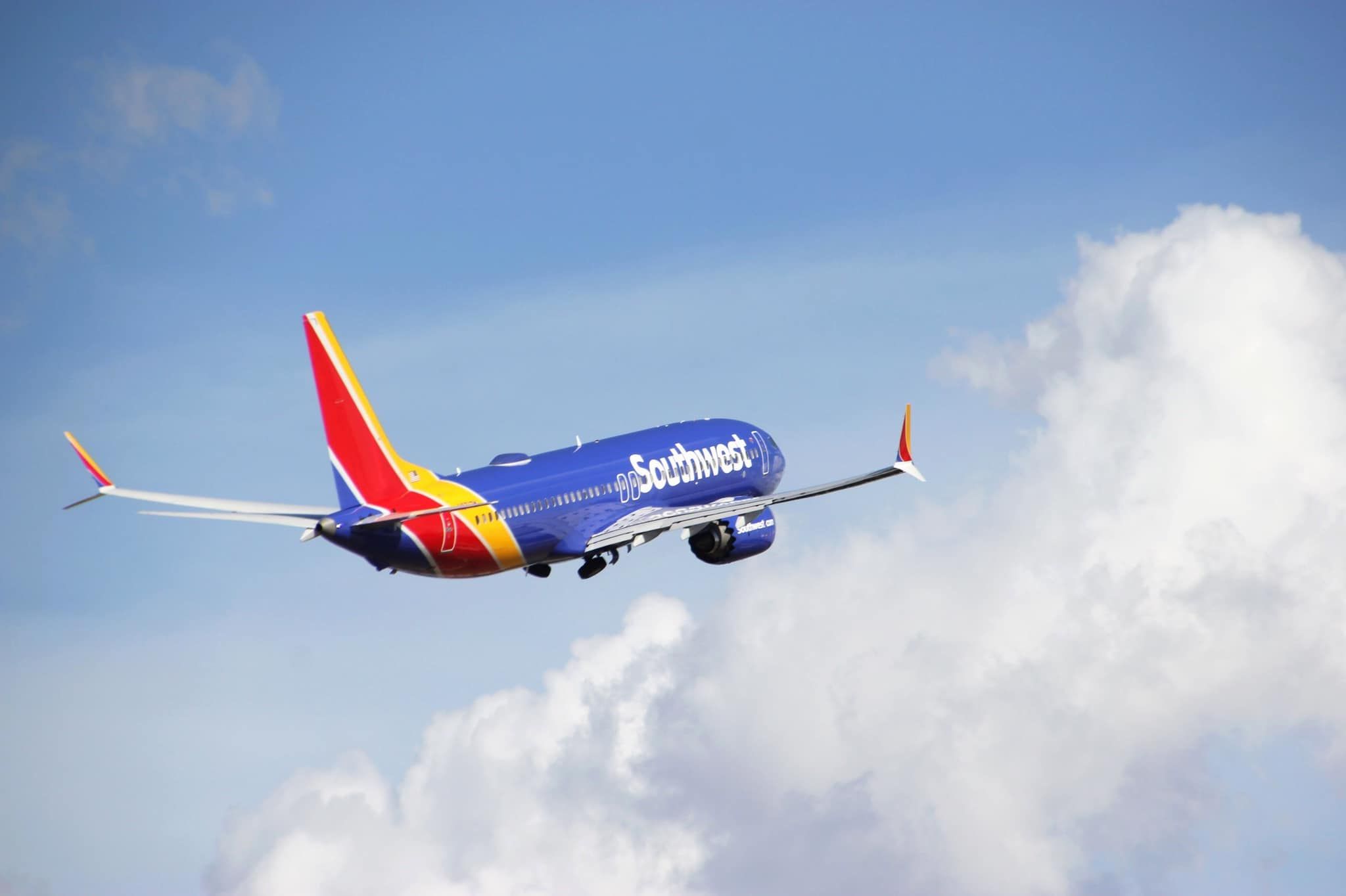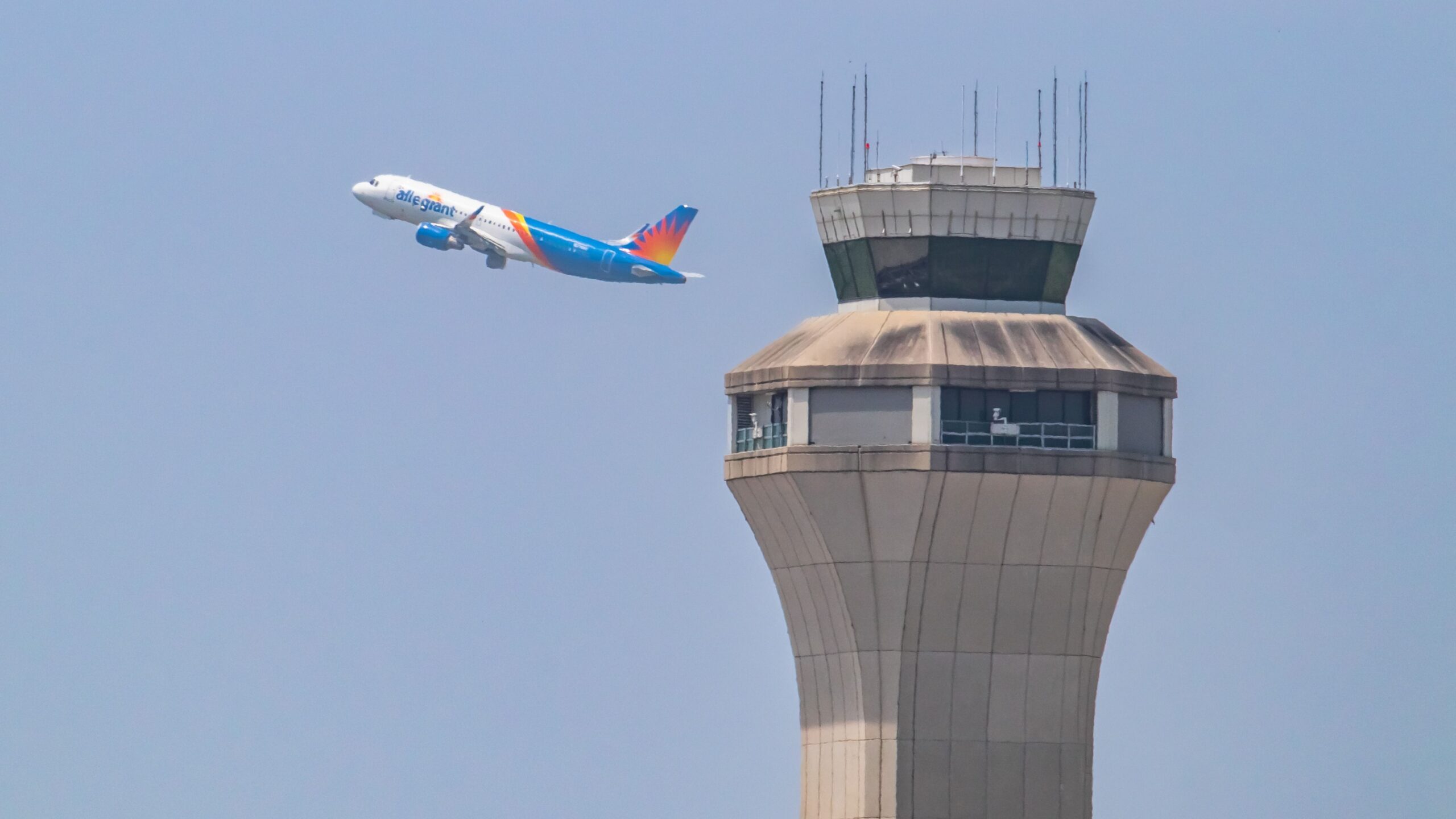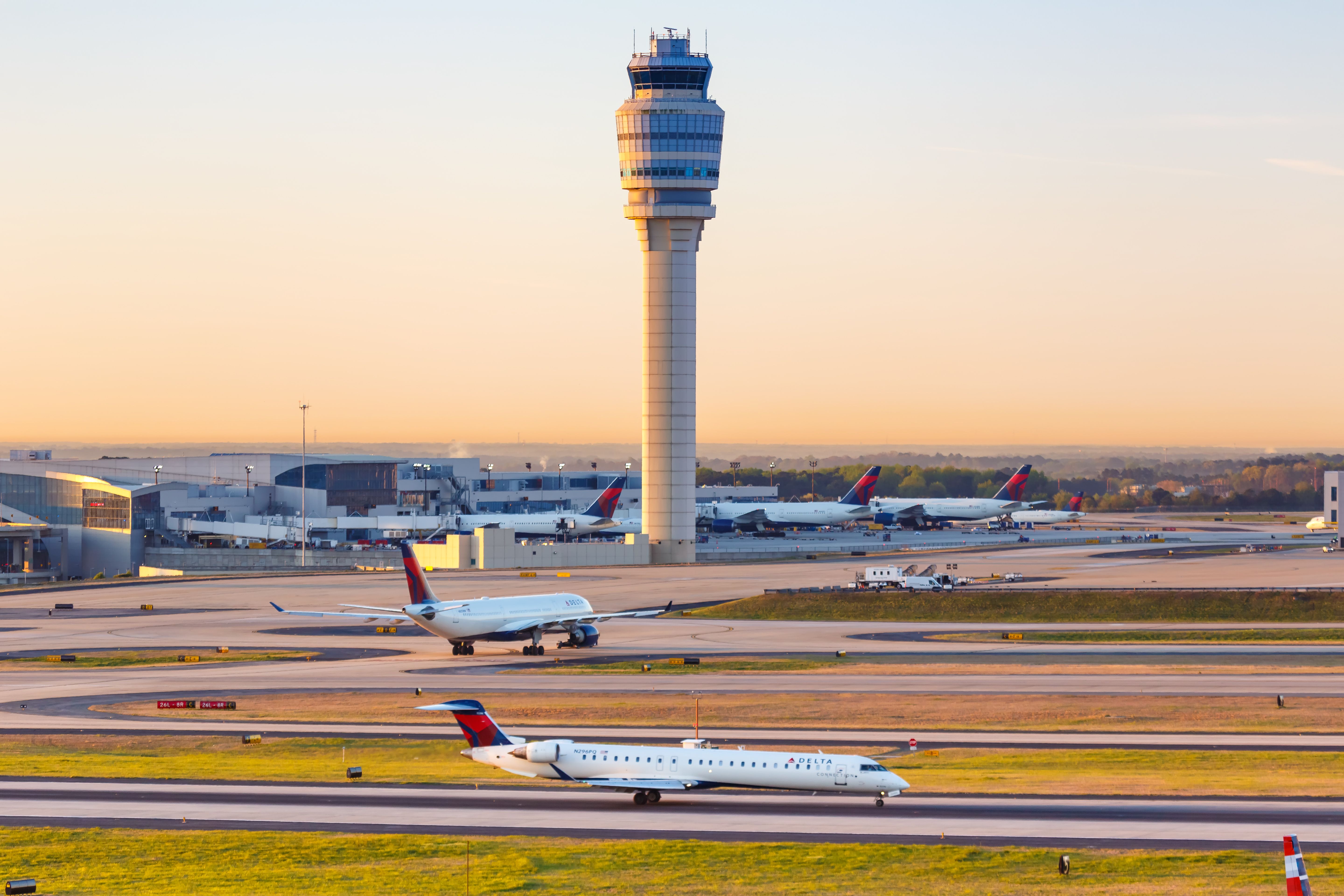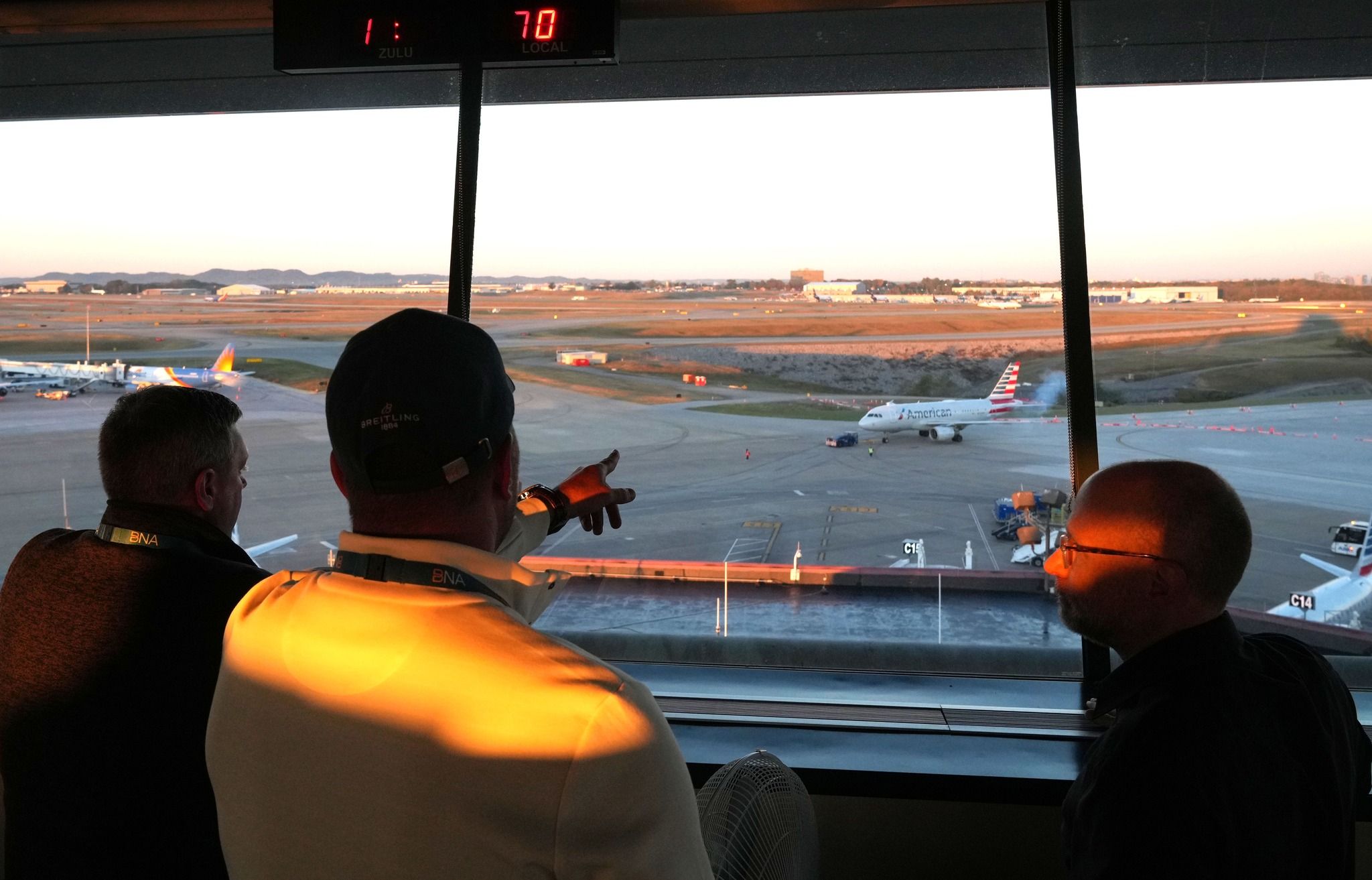Summary
- FAA & NATCA collaborate to find long-term solutions to safety concerns from air traffic controller fatigue issues.
- The new change will allow 10-12 hours off between shifts and limits consecutive overtime assignments for controllers.
- Scientific expert panel findings will continue to guide the agencies in addressing air traffic controller fatigue.
The Federal Aviation Administration (FAA) has partnered with the National Air Traffic Controllers Association (NATCA) to ensure controllers receive enough rest in between their shifts. The aviation industry has grappled with a string of safety-related incidents involving pilots and air traffic controllers.
Under a new agreement, controllers will have a turnaround time of as much as 12 hours, and will have limitations on how many overtime assignments they can be scheduled consecutively. Additionally, the FAA is actively working on growing its controller workforce by nearly 2,000 this year.
“A public safety issue”
Both agencies announced their collaboration on Wednesday. As outlined in the agreement, the changes will be long-term and were influenced by the FAA’s Fatigue Report, provided by a panel of experts in April.
Photo: Markus Mainka | Shutterstock

Check It Out
How The FAA Works To Avoid Pilot Fatigue
The FAA’s rules and regulations concerning crew working hours and rest.
In a statement, FAA Administrator Mike Whitaker spoke about the safety concerns surrounding fatigue.
“The science is clear that controller fatigue is a public safety issue, and it must be addressed. Today, after collaborating with NATCA, we are pleased to announce important progress for the flying public on the issue of fatigue. This is the beginning of our work, not the end. We will continue to collaborate and take steps to prioritize controllers’ health and well-being on behalf of the public.”
Increased time between shifts
The main changes will be introduced as ATC schedules are negotiated for next year. Both the FAA and NATCA have agreed that controllers will have 10 hours off between shifts. If they are working a midnight shift, then they will have 12 hours off before and after the shift. Controllers will also be limited regarding the number of consecutive overtime shifts they can be scheduled for. This will provide more time for controllers to rest and recuperate before their next shift.
Photo: Nashville International Airport
NATCA President Rich Santa said the agency has been bringing up the issue of fatigue for years.
“NATCA is pleased that the FAA recognized the importance of working with NATCA to address the issue of fatigue. NATCA has been voicing concern regarding controller fatigue for years and we are happy to join with the FAA to implement changes that will begin to provide relief to this understaffed workforce.”
Addressing the risks
Although the changes are not immediate, the FAA said there will be procedures in place, including appropriately educating the controller workforce on how to be more effective when taking current recuperative breaks. Plus, the agency and NATCA will consult scientific experts to establish a collaborative workgroup and to expand the FAA’s Fatigue Risk Management System Fatigue Safety Steering Committee to come up with recommendations to address any other concerns from the fatigue report.
“We commend the FAA and NATCA for taking these actions that reflect the Scientific Expert Panel findings and will significantly address air traffic controller fatigue risks including the four priority opportunities identified, and improve the safety of the National Airspace System,” said Dr. Mark Rosekind, Dr. Erin Flynn-Evans, and Dr. Charles Czeisler, members of the Scientific Expert Panel on Air Traffic Controller Safety, Work Hours, and Health.
Since the workforce has been understaffed, the FAA said it is committed to boosting the numbers. The agency set a goal to hire 1,800 controllers this year and believes it is “on track to meet its goal.“ Additionally, the FAA has reportedly increased its training pipeline to expand its onboarding process.

Read Next
NTSB Says Air Traffic Controller’s Incorrect Assumptions Led To Near-Collision At Austin–Bergstrom International Airport
The two aircraft narrowly avoided a collision, coming within 170 ft of one another.



